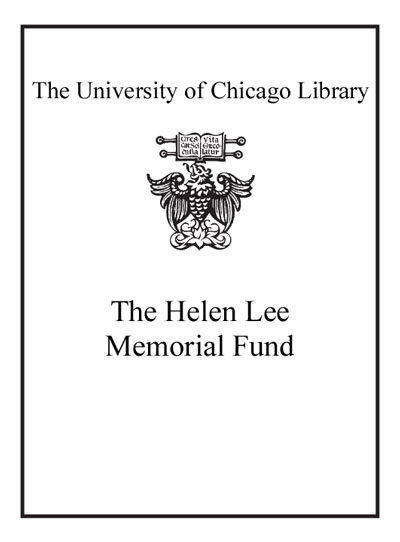Review by New York Times Review
SEBASTIAN FAULKS'S "novel in five parts" isn't really a novel - any more than Gertrude Stein's "Three Lives" is a novel or, indeed, the book that inspired Stein's, Flaubert's splendid "Three Tales." "A Possible Life" consists of three short stories, bookended by two novellas, each set, like Flaubert's, in a different place and historical period. Indeed, Faulks's story "Jeanne" is a retelling of the Flaubert tale "A Simple Heart," but without the parrot. There, however, the similarity between "Three Tales" and "A Possible Life" ends, and the reader is left with questions. Why does Faulks make his claim? And why does he call attention to the year in which each story begins, only to disrupt chronology by presenting the stories out of order? The first ("Geoffrey") is dated 1938, the second ("Billy") 1859, the next ("Elena") 2029 and so on. He seems to be out to make a metaphysical point. In these short narratives, as in his ample novels (the best known are "Birdsong" and "Charlotte Gray"), an isolated protagonist wanders through a richly recreated past - or, in one case here, a thinly imagined future - yearning for human connection. This, if granted, is soon lost. Geoffrey finds himself betrayed by the French girl he covets; Billy loses his wife to a stroke; Elena loves a man who proves to be offlimits; Jeanne loves a monk; the first-person narrator of "Anya" is abandoned by the title character. And all these disjunctions occur in places and eras radically separated from one another. But here comes the metaphysics: Faulks appears to be suggesting that our lives are connected at the atomic level. Generation after generation, we are linked via the jumble of atoms that each of us is composed of, atoms that, with "a touch of an unsought grace," remember where they've been and, after we die, find their way into someone else's memory. Thus Elena - an alienated 21stcentury neurobiologist whose research has solved the riddle of human consciousness without curing "the aching of the heart" - somehow remembers and is comforted by the settings of some of the other stories in "A Possible Life": "She is filled with memories of places she has never been - of a monastery in France with cloisters and a tolling bell; of a cabin up in the hills of California where there is music; of a house in England with smooth green lawns where boys play a strange game with sticks and a red ball." These settings appear in "Jeanne," "Anya" and "Geoffrey." The only story not alluded to is "Billy," whose most memorable scenes take place in a Victorian workhouse. It would be difficult to wish oneself back there. Elena's catalog links, if tenuously, most of the texts in "A Possible Life," and so does a recurring object (a twice-glimpsed plaster Madonna "with a one-eyed, minatory stare") as well as the minor character ("Cheeseman . . . Ched for short") who appears in two different stories. And then there's the repeated title "Another Life," a novel written by one of Faulks's characters and an album sung by another. But despite these links, "A Possible Life" remains quite stubbornly a collection of stories, and Faulks's talent isn't best displayed in such a compressed form. He thrives on the capaciousness of the novel, its continuously unfolding action, the gradual braiding together of characters' lives. None of these stories can rival his rendering of the Battle of the Somme, or of the squalid, terrifying trenches of World War I; none is as powerful as the 40-page-long, buried-alive sequence in "Birdsong." Nancy Kline's translation, with Patricia Terry and Kathleen Micklow, of Jules Supervielle's "Selected Prose and Poetry" is forthcoming.
Copyright (c) The New York Times Company [March 17, 2013]
Review by New York Times Review

